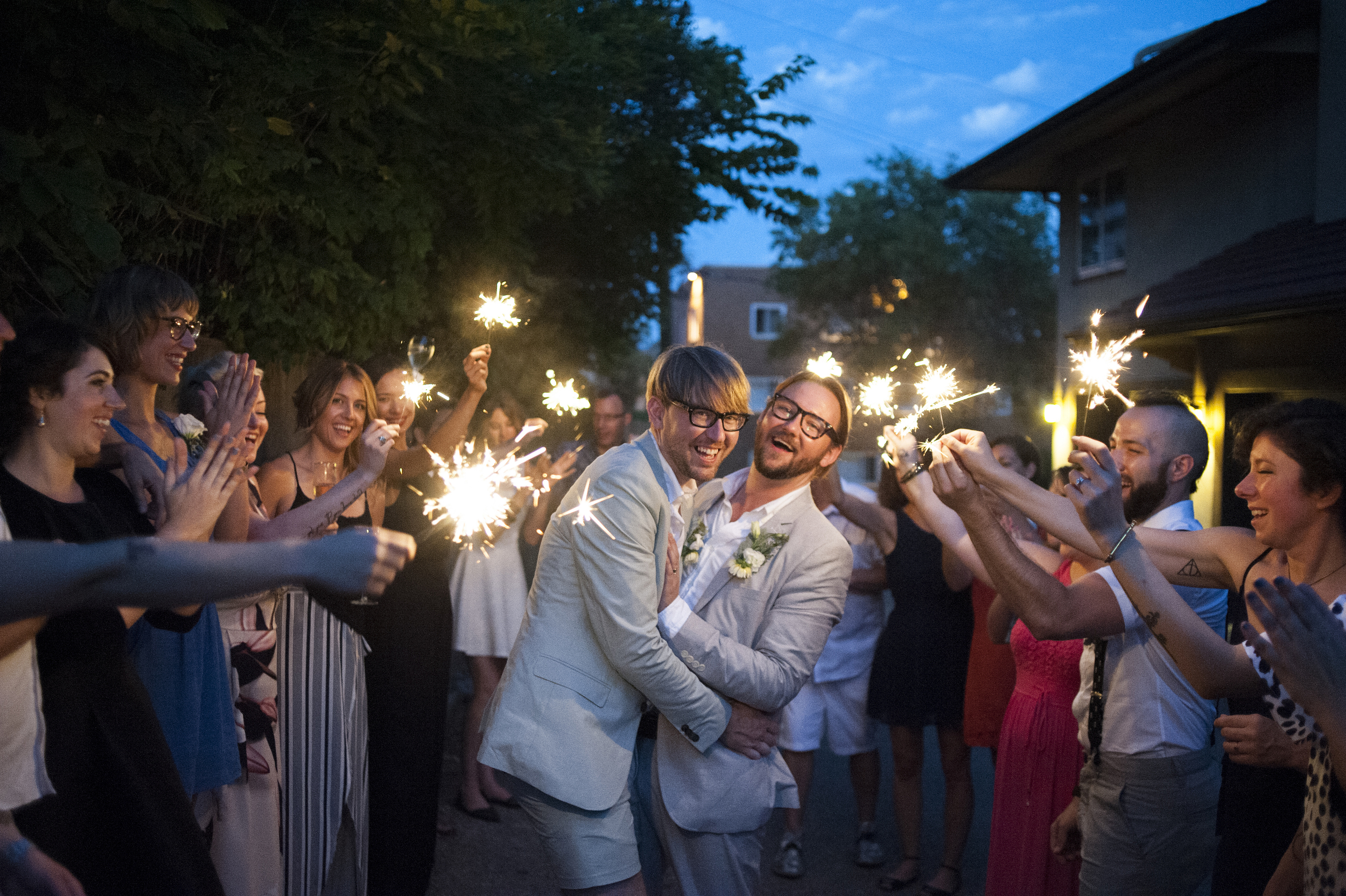YEARS AS A BUSINESS OWNER: 8
Martha McQuade is one half of the design house MAD. Along with her creative partner, Dan Clark, these two create everything from architectural spaces to textiles and clothing. Martha is also an Architecture Professor at the U of M.
You are an artist + business woman who has a lot of different projects going on. Why does this work for you?
The way I think about everything I do is related - from the projects I am working on at MAD, to the classes I teach at the U of M and to raising my kids. There isn't a lot of separation in terms of the process.
I encourage both my students, my children and myself to explore our ideas and be flexible in our expectations and embrace what happens in a curious and open way. This approach leads to happiness and surprise, rather than disappointment. Learning to look for the surprises and then explore these unexpected findings in a rigorous way can lead to new directions in our work.
At MAD, I move back and forth between design projects without worrying what 'category' they fall into. Having multiple projects across many different disciplines going on at the same time is beneficial as they all inform each other.
You are a woman who seems to be 'doing it all'. How do you manage your time?
I have a lot of help! I have an incredibly supportive husband and a great work partner, Dan Clark, and our interns at MAD.
I wish I had this advice when I first started:
To trust my intuition more. I am not a naturally confident person, so I would often seek out advice from others and then assume they knew best - even if I felt their advice wasn't the best for me. Especially when it came to things like marketing and business, which I knew nothing about.
What has been a game changer for you?
Moving into a studio space outside of my house. Having a beautiful, light filled environment to work in every day. It is big enough to have all the work visible, which has been really motivating!
How do you actively seek inspiration?
I am so inspired all the time by my surroundings. The things I see as I drive through the city, instagram and online magazines, art shows, podcasts, my kids and my students! It can all be a bit overwhelming at times, so I don't think I ever actively seek inspiration, but I often seek the opposite of it.
The photographer Andrew Zuckerman gave a talk for 99u titled "On Curiosity, Rigor and Learning as you Go." In it, he talks about inspiration overload and how too much can actually shut you down.
Sometimes when I feel like I'm not sure which direction my work is going in, I will look back through my process work. I have two hashtags, #MWMProcess & #MADProcess and I find looking back at these incredibly inspiring. It is quite motivating to see all of the previous work - it pushes me to work harder and make better work.
The best part about being a freelancer is:
The ability and freedom to do what I think is best in every situation and not try and guess what my boss would want.
The most annoying part about being a freelancer is:
Nothing is 'annoying'. It IS scary not having a regular paycheck to rely on though.
Lets talk about social media. Do you love it or hate it? More so, what value do you think it beings to the world these days?
There is so much discussion around social media currently. Is it good or bad? Are we using it too much? I think it is different for everyone and you have to use it in a way that works for you, your business and life in general.
My first social media experience was on Flickr, which is image based. It was a way of communicating with people online through how I saw the world. It also quickly became a way to record the process of what I was making and designing. I also connected with a lot of designers, photographers and artists. I am an introvert and it was a great way to meet people and break the ice with artists and brands I am interested in.
I currently use instagram a lot, because that was an easy transition for me onto this platform that I could use similarly to Flickr.
I think the number one value social media brings is that it allows us to show our process and work to allow the public to engage with that process. It lets art be accessible to everyone. when people engage and follow along in the creation through social media, you build a relationship with them and the work you make has more meaning.
This engagement is valuable to us as artists, both on the creative and financial ends, as it allows us to be visible and in turn, be able to make a living. I really like that social media is interactive, unlike traditional marketing of the past which was costly and not really appropriate for individuals or small business.
You are also an educator at the U of M. What do you think prepares students most for being a full time artist?
Working for someone else. I encourage all of my students to go out and get experience working with and for others. Even if the work isn't exactly what you would do, if you are working with good people, you are going to learn so many valuable things. You will also make connections with people that might lead to opportunities in the future.
What makes you happy with your work?
When I am surprised by something that happens that I haven't intended.
What does success mean to you?
Seeing people enjoy the things and spaces we have made.
To stay in touch with Martha and Dan, follow all of their work @MAD__Work and @mwmmpls












